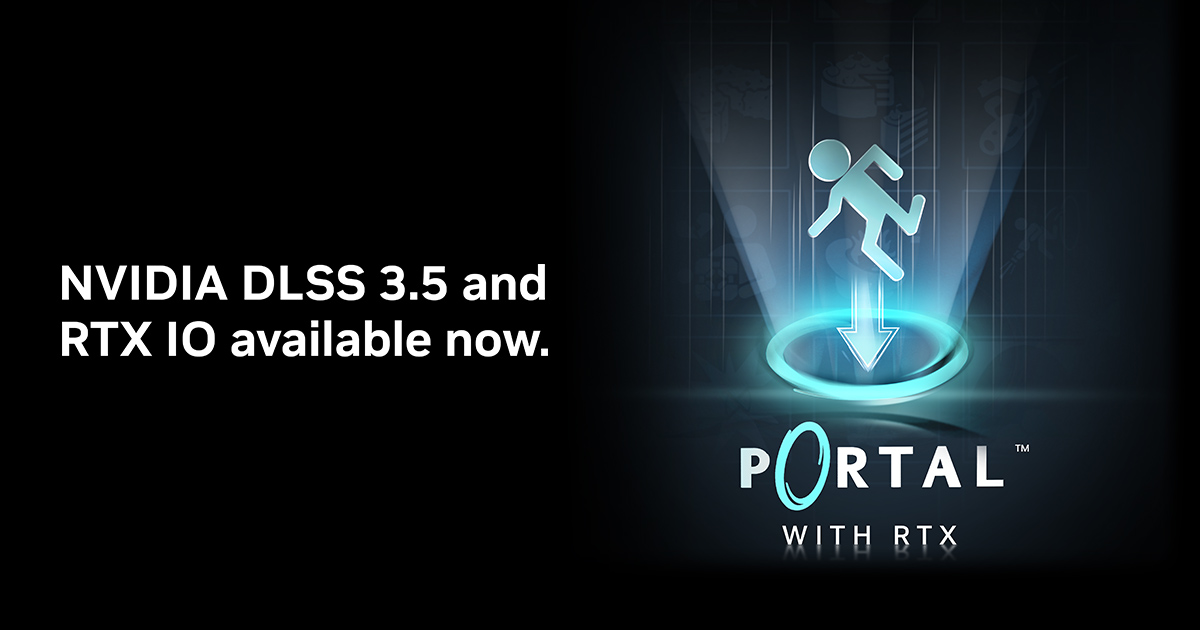Developers cant control how powerful somebody's GPU is gonna be and so whether it will end up 'blocking' any graphics pipeline. Some of those results demonstrate some pretty heavy penalties.PCs will do just fine with GPU decompression but it does require additional care from developers to make sure that it's not blocking graphics rendering resulting in a hitch/stutter. A naive implementation will lead to just that since loading and decompression may easily saturate all bandwidths leaving nothing for the rendering system.
If we really want to allow developers to take advantage of DirectStorage in the future, and not just use it in some light form for faster loading screens or bit of extra streaming help or whatever, that performance loss needs to be mitigated. Like, almost completely. I'd say less than 5% penalty would be in the acceptable realm, but anything more and you're simply getting into the territory of "Why do we not just have something that can do this better and not sap precious GPU resources?".

